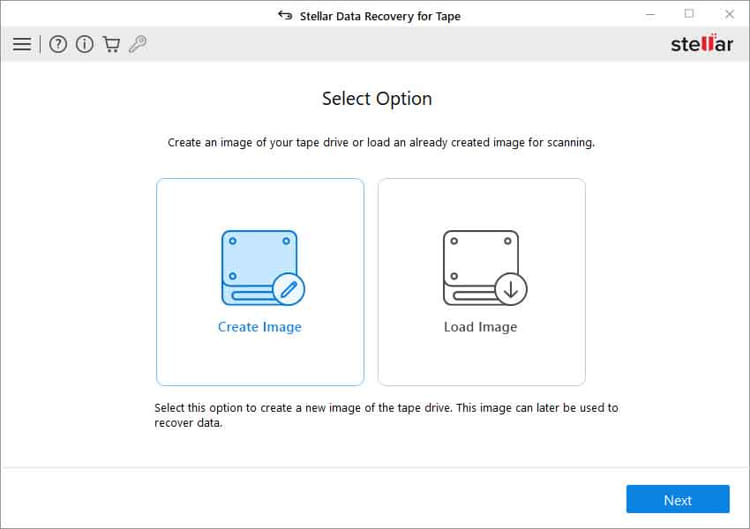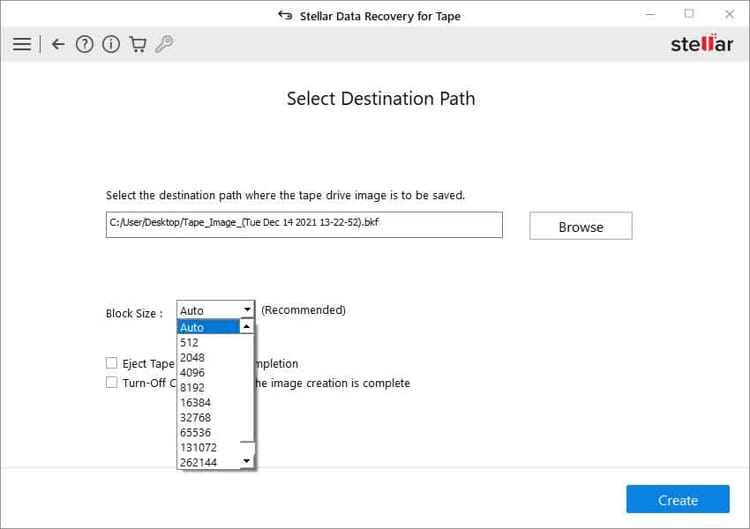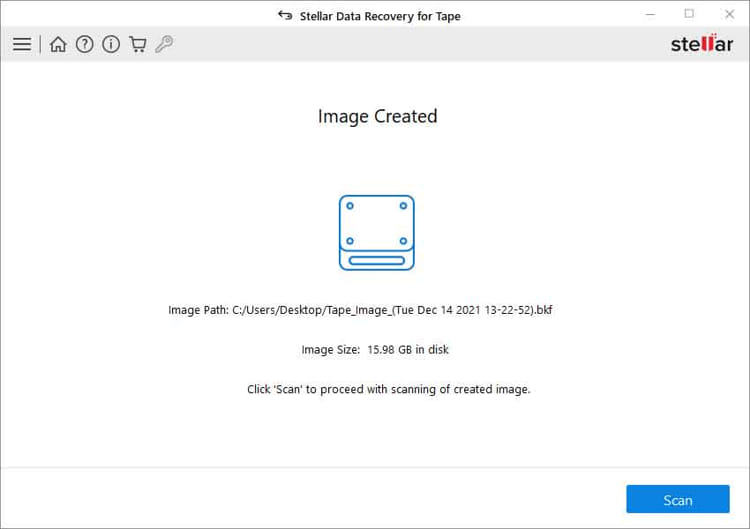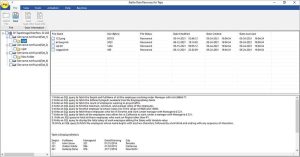How to Recover Data from LTO-9 Tape
By Kamesh Singh, senior writer at Stellar Data Recovery
This is a Press Release edited by StorageNewsletter.com on May 16, 2024 at 2:01 pmData is an invaluable asset and millions of users and services are creating large amounts of data every day and storing such massive amount of data is a challenge. For this, enterprises have been deploying large data silos for storing and managing huge chunks of data with ease.
However, these data silos don’t work on typical storage media like HDDs or SSDs. They employ tape drives or LTO. An LTO or Linear Tape Open or LTO Ultrium is a powerful, scalable, and highly flexible storage format. This magnetic tape storage technology is also quite economical (per terabyte cost being far less than traditional storage media).
LTO tapes are typically used for retaining data for longer periods. Unlike consumer storage media that has an average shelf life of 5-7 years, tape drives last much longer, with an average life span of 20+ years. Additionally, the LTO format is optimized for providing higher capacities and enhanced storage densities.
This storage media has vast industrial applications ranging from large scale servers to banks and cloud service providers, offering economic and performance gains. Because of these applications, LTO Ultrium has seen significant development from the initial LTO-1 to the current LTO-9.
What is LTO-9?
LTO-9 Ultrium is the most advanced generation of LTO tape format to date. With a storage capacity of 18TB uncompressed data or 45TB compressed data per cartridge, it is the industry’s most dense storage tape drive, having a compression ratio of 2.5:1 and uncompression ratio of 2:1.
Performance-wise, it offers transfer speeds ranging from 400MB/s to 900MB/s. These speeds are dependent on a number of factors, such as host usage, interface utilization, network speeds, interface, and more.
Further, the LTO-9 format leverages hardware encryption for multi-layer security support, WORM, Read-Many functionality, LTFS support, and compatibility with LTO-8 cartridges.
Why does an LTO-9 Fail?
Even though the LTO tape technology is known for its reliability and robustness, it is still prone to failure. An LTO tape failure mainly occurs due to physical issues. Other reasons include malfunctioning LTO tape reader, LSI SAS controller failure, malfunctioning parsers.
Listed below are some reasons behind LTO tape failure
- Malfunctioning parsers
- Incorrect insertion of the tape drive into the LTO tape reader
- Misplacement of the leader pin
- Overuse of the tape drive beyond its threshold read/write cycles
- Mismatch between the LSI controller and LTO reader
- Salt deposit on the inside of the tape due to humid or unfavorable storage conditions
Perform Tape Recovery on LTO-9 Using Stellar Data Recovery for Tape
For an IT professional managing an LTO server, recovering data from failed LTO tapes might be challenging. This could be due to limitations of hardware, malfunctioning parsers, etc. In such scenarios, there is an option for performing LTO-9 recovery – using a dedicated tape recovery software like Stellar Data Recovery for Tape.
With a dedicated LTO tape recovery software, you can create an image dump of tape drives of various generations, from the earliest LTO-1 to the latest LTO-9. The software can also retrieve data from a corrupt LTO tape, a tape with malfunctioning parsers, or from backups with missing or deleted catalog files.
Some tape recovery software even allows you to create an image of the malfunctioning LTO tape. This helps put less strain on the problematic physical media, lowering the chances of data loss. If you have an old LTO tape and want to recover data from it, use Stellar Data Recovery for Tape and perform tape recovery.
The steps are simple
Purchase, install, and launch Stellar Data Recovery for Tape on your Windows PC.
Click on Create Image.

On the next screen, browse for the destination folder where you want to save the tape image.

Select ‘Auto’ from the drop-down menu vs. the Block Size. Click Create.
It will create the image. Click on Scan to scan the image.

It will list all the recoverable files. Click on them to preview. (click to enlarge)
If you are satisfied with the results, click Save and follow the instructions to save the recovered files on another destination.
Conclusion
Tape drives are archival storage devices that are widely used by enterprises for storing large amounts of data on their servers. Tapes are widely used for their reliability, economical installation, operations costs, and performance. LTO tape format is also known for its longer shelf life, lasting around 20+ years.
Further, LTO tape drives are configured with numerous well-known industry parsers like Veritas, Symantec Windows NT, TAR, CPIO, Tivoli, and much more. This makes managing LTO simple and convenient.
However, like any other storage drive, an LTO tape is also susceptible to running into problems, which could lead to data loss. This might seem like the end of the road, but with a tape data recovery software, you can recover data from a broken LTO tape in a few clicks.















 Subscribe to our free daily newsletter
Subscribe to our free daily newsletter


